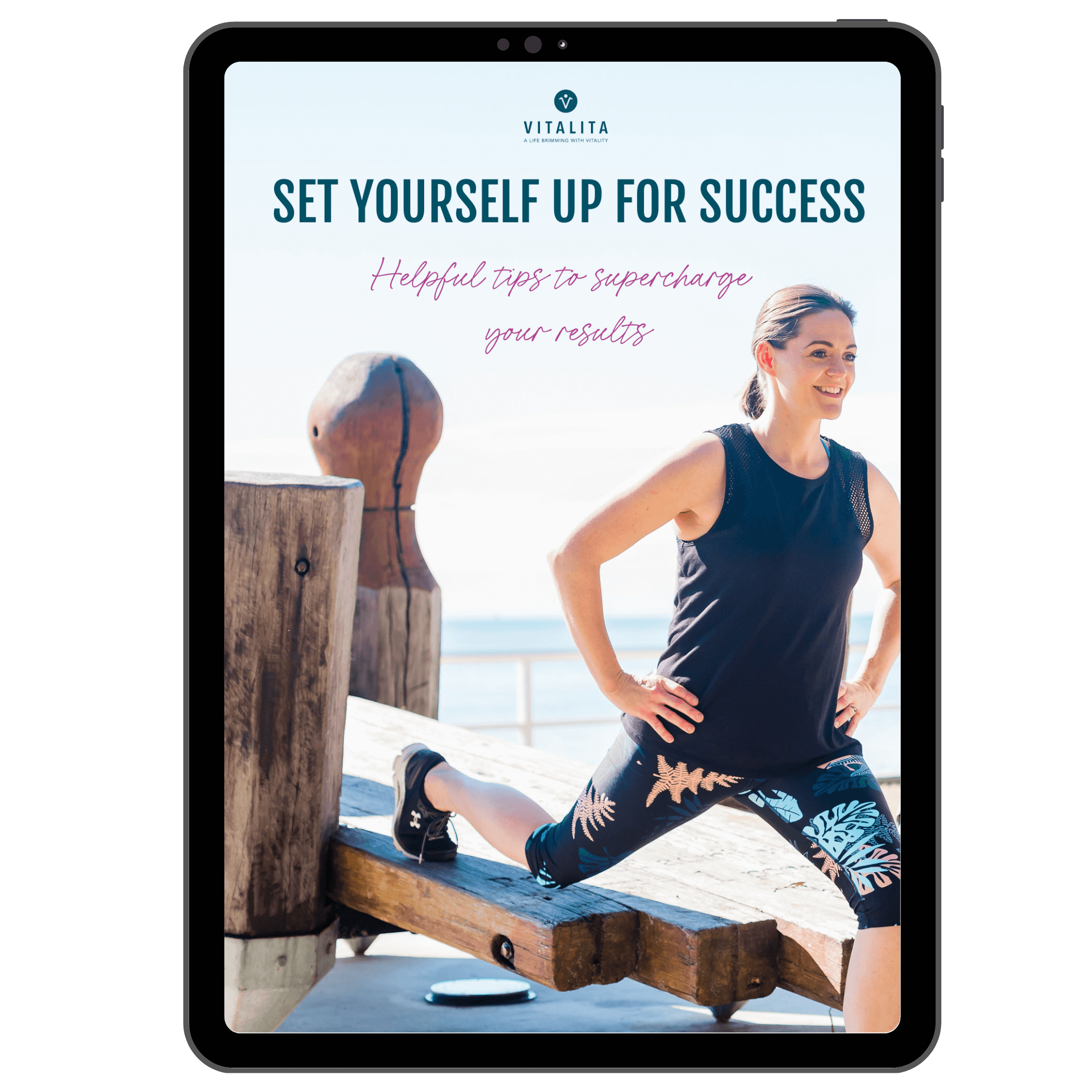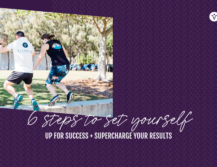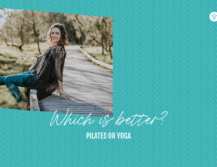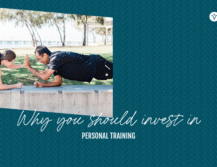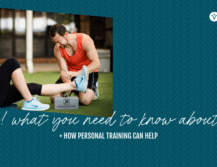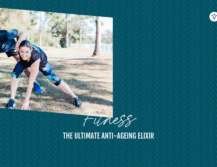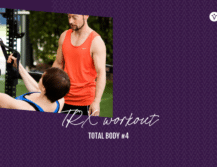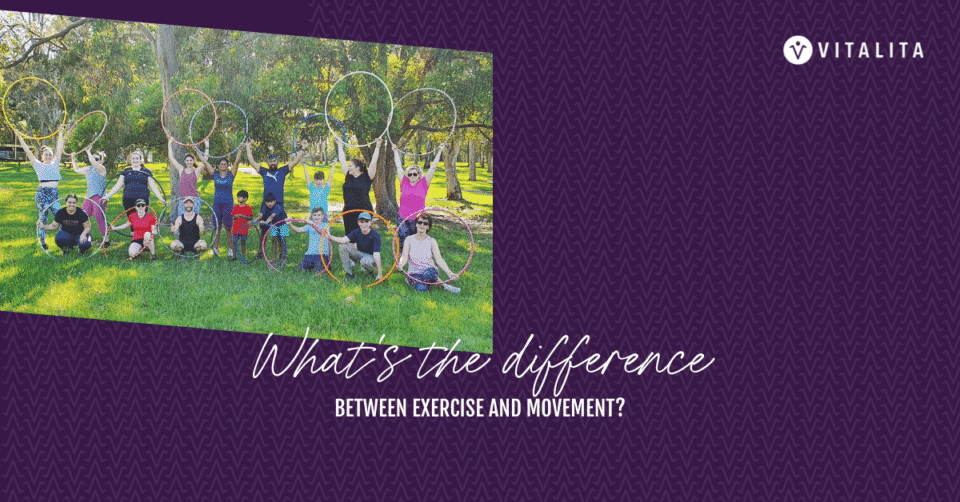
Are you someone who hates to work out?
The good news is you don’t need to slog it out in the gym for hours. In fact, you don’t need to go to the gym at all!
Instead of focussing on something you don’t like (ie. exercise), focus on moving your body more and finding ways you love to move. This is a simple reframing trick to help increase your activity levels and create a healthier relationship with physical activity.
Keep reading for answers to some of the questions we are frequently asked about movement and exercise.
What’s the difference between movement and exercise?
Exercise
Whether you call it working out, training or ‘physical jerks’, exercise typically refers to structured, planned or formal movement, usually done at a gym or studio with a specific goal in mind. For example:
-
- improved cardiorespiratory fitness
- increased muscle mass, strength and endurance
- greater flexibility
- change in body composition (eg. weight loss)
You can exercise on your own, with friends, with a personal trainer or in a group class setting. I’d also include ‘sport’ and activities such as swimming under this heading.
Movement
Movement, on the other hand, is much broader and refers to any way you move your body. This includes exercise but also the different physical patterns your body makes during the day as you move around your home, workplace and neighbourhood.
Do I have to go to the gym?
Great question! Going to the gym is great… if you enjoy going to the gym.
The less you suffer and the more you enjoy your chosen form of movement, the more you are likely to actually be consistent – Tally Rye, author of Train Happy
Just remember that a good workout is better than a long one and you can certainly get an effective workout in 30 minutes… or less if that’s all you have. However, a short workout needs to be more intense so, if you’re short on time, try this:
-
- reduce the number and length of rest breaks
- focus on compound movements (think: squats, push ups, lunges, pulls ups)
- increase resistance
- incorporate HIIT, circuits or supersets.
If you’re not a fan of the gym, here are some other ideas:
-
- dancing
- hula hooping
- trampolining
- rock climbing
- hiking, bushwalking, rambling and orienteering
Write a list of all the ways you enjoy moving your body. Maybe you really love nature and actively seek out opportunities to do things like bushwalking or open water swimming. While you’re at it, make a note of the activities you dislike and make a commitment to stop punishing yourself.
Here are even more exercise and movement ideas to try.
Whether you enjoy the gym or not, aim to do something physically active for 15-30 minutes each day. Focus on what your body can do and challenge yourself to gradually increase your activity levels over time.
Do I need to do 10,000 steps?
Running on a treadmill or attending a strength training class are both good for you but 45-60 minutes of exercise doesn’t negate the impact of sitting on your butt for the rest of the day.
That’s where Non Exercise Activity Thermogenesis (NEAT) comes in. It’s all the unplanned, incidental exercise you could (and should) be doing. It’s super important and, one of the easiest ways to monitor NEAT is by tracking your steps.
We all agree that little or no movement isn’t ideal for long term health. But do you actually need to do 10,000 steps per day or is it just a marketing gimmick?
According to Exercise Physiologist and PhD candidate Alyssa Olenick, studies looking at daily step count versus causes of mortality or disease show that general health risks decrease from approximately 7500 steps.
This doesn’t mean we shouldn’t move more, moving more is good and not harmful. We’re made to move! - Alyssa Olenick
It turns out 10 000 steps is kind of arbitrary; 7000-8000 steps is probably a realistic goal for most people.
What other movement should I do?
You don’t have to be fit to move, you have to move to be fit. – Erwan LeCorre, MovNat founder
Steps are great but walking is just one piece of the puzzle. What else should you do?
- Move more often.
- Break up periods of sitting with movement ‘snacks’ (check out Nutritious Movement for ideas).
- Sit in different positions and on different surfaces, including the floor).
- Move your body in a variety of ways throughout your day.
- Vary the intensity, length and type of movement.
- Focus on moving well.
We want you to move your body because you deserve to feel good. We also want you to move more often because, when you commit to doing something active every single day, your health will skyrocket!
Remember, every action – large or small – counts and moves you closer to where you want to be so get out there and get moving!
– Sam –
